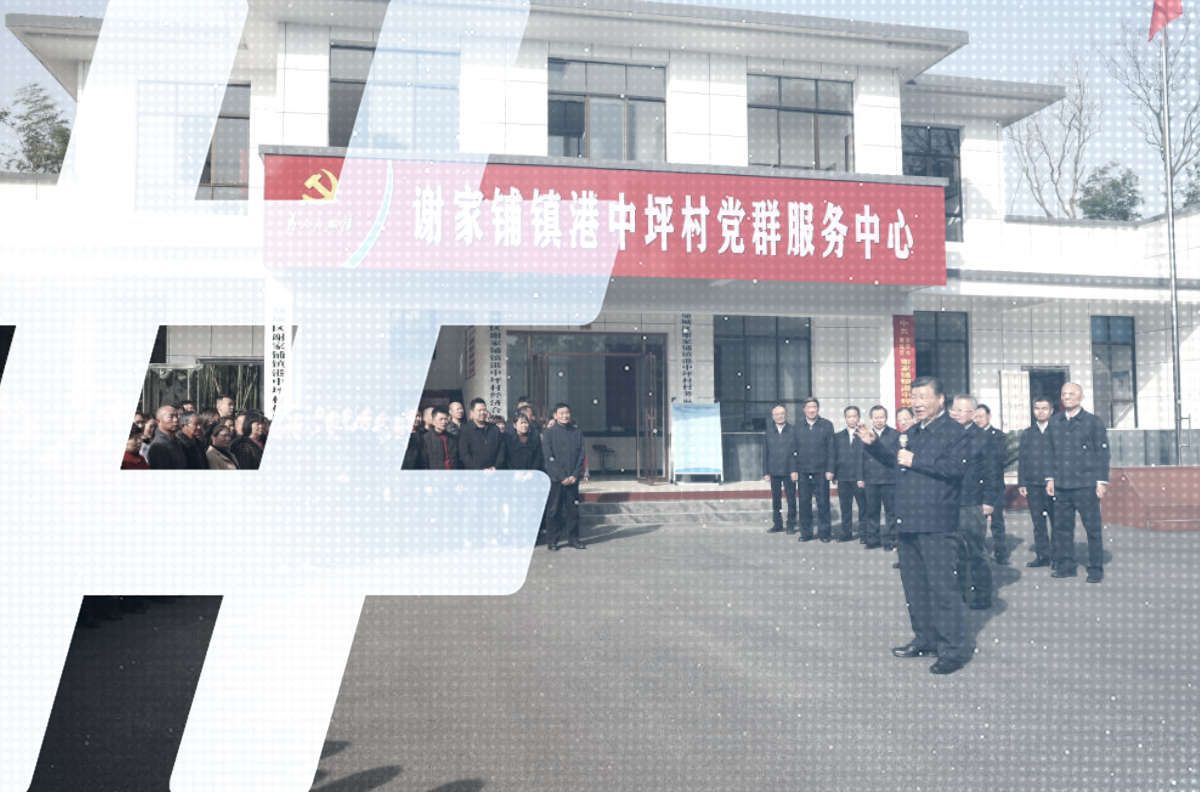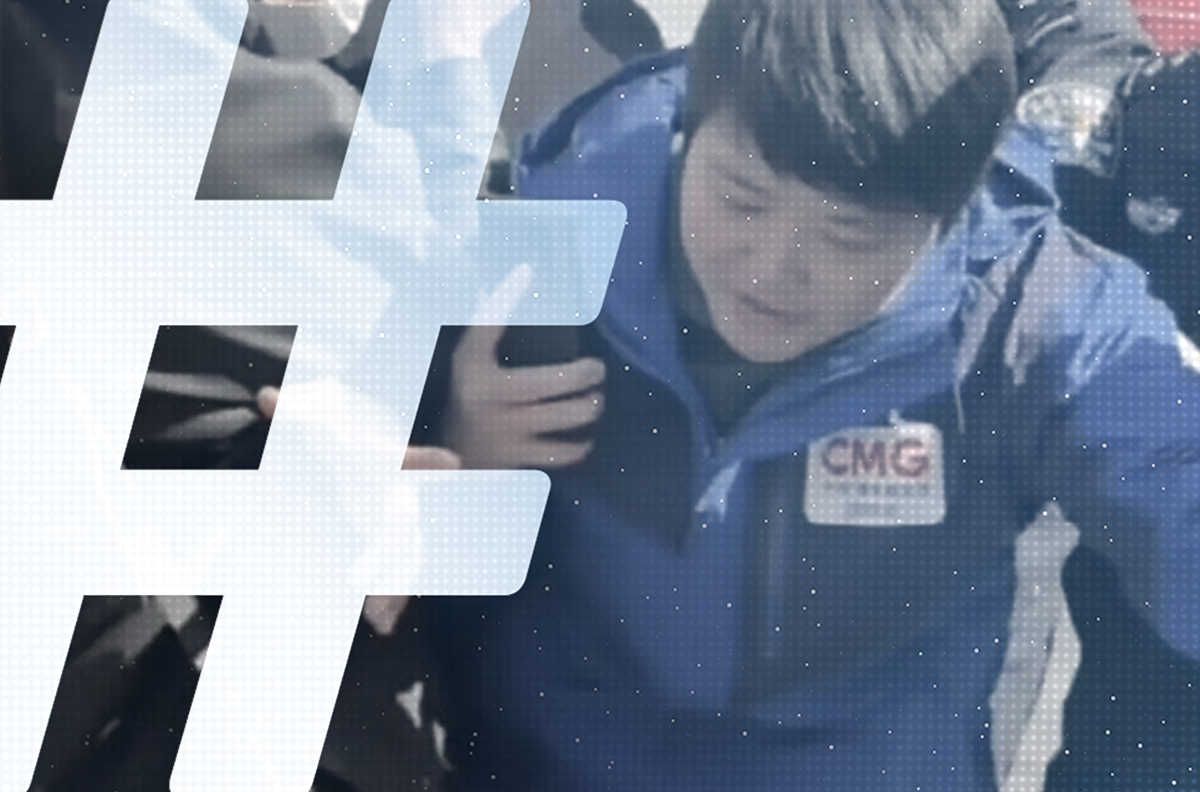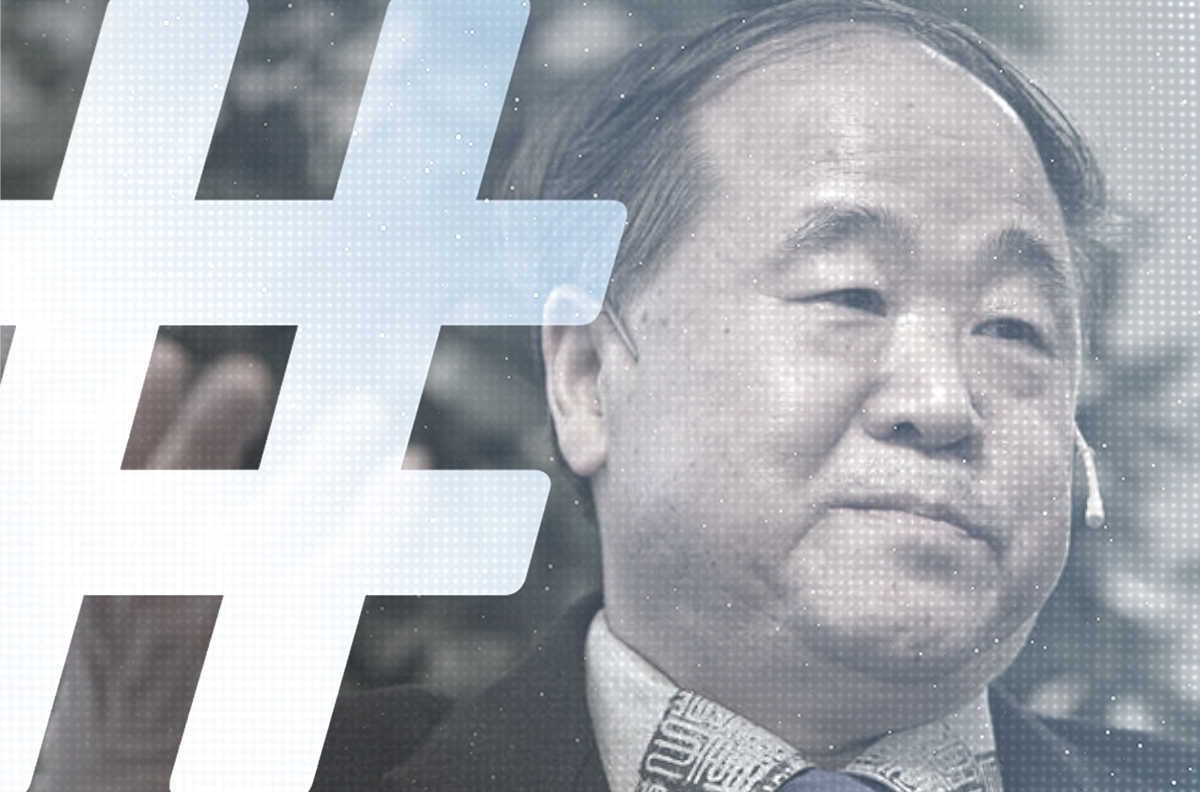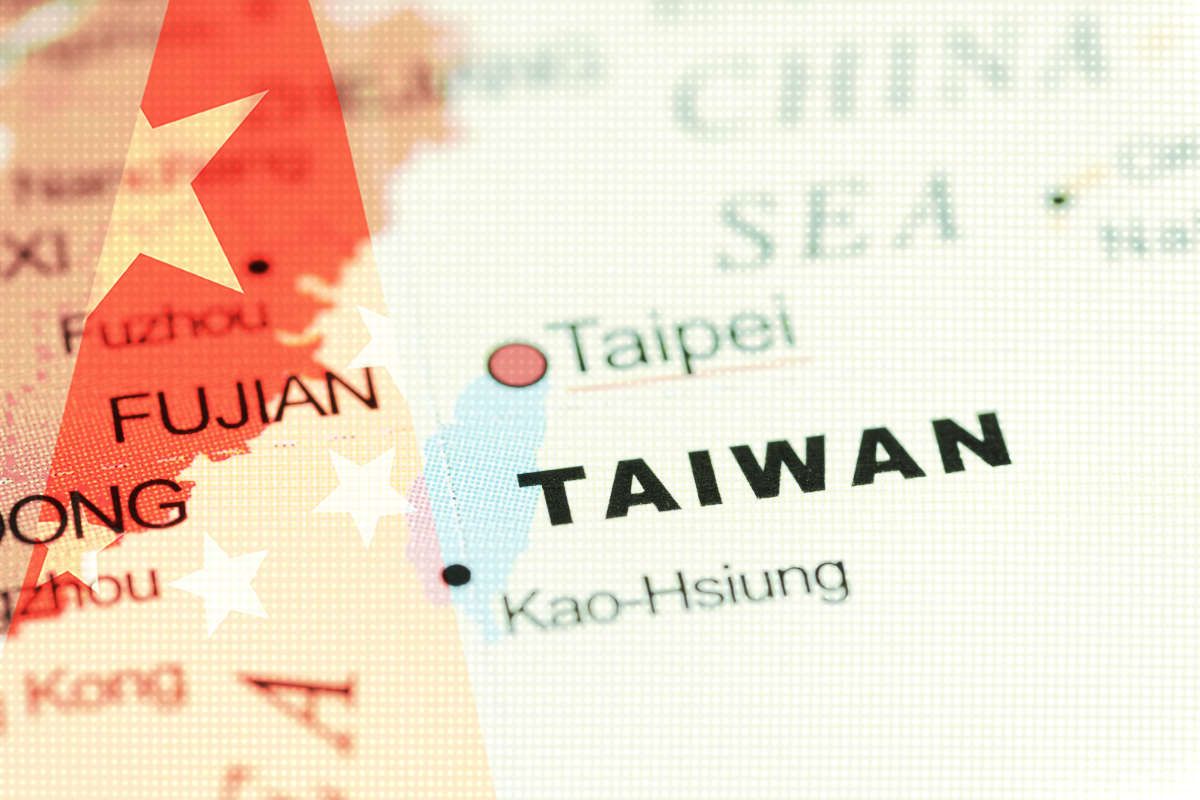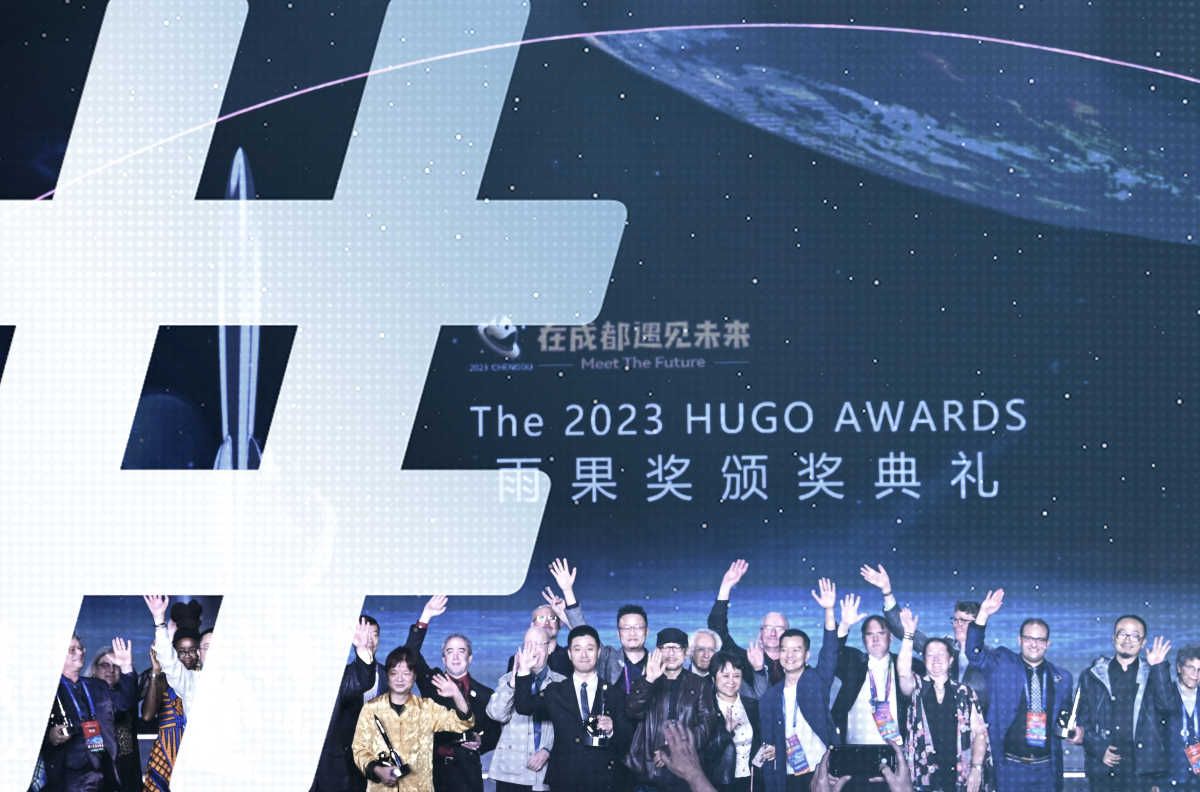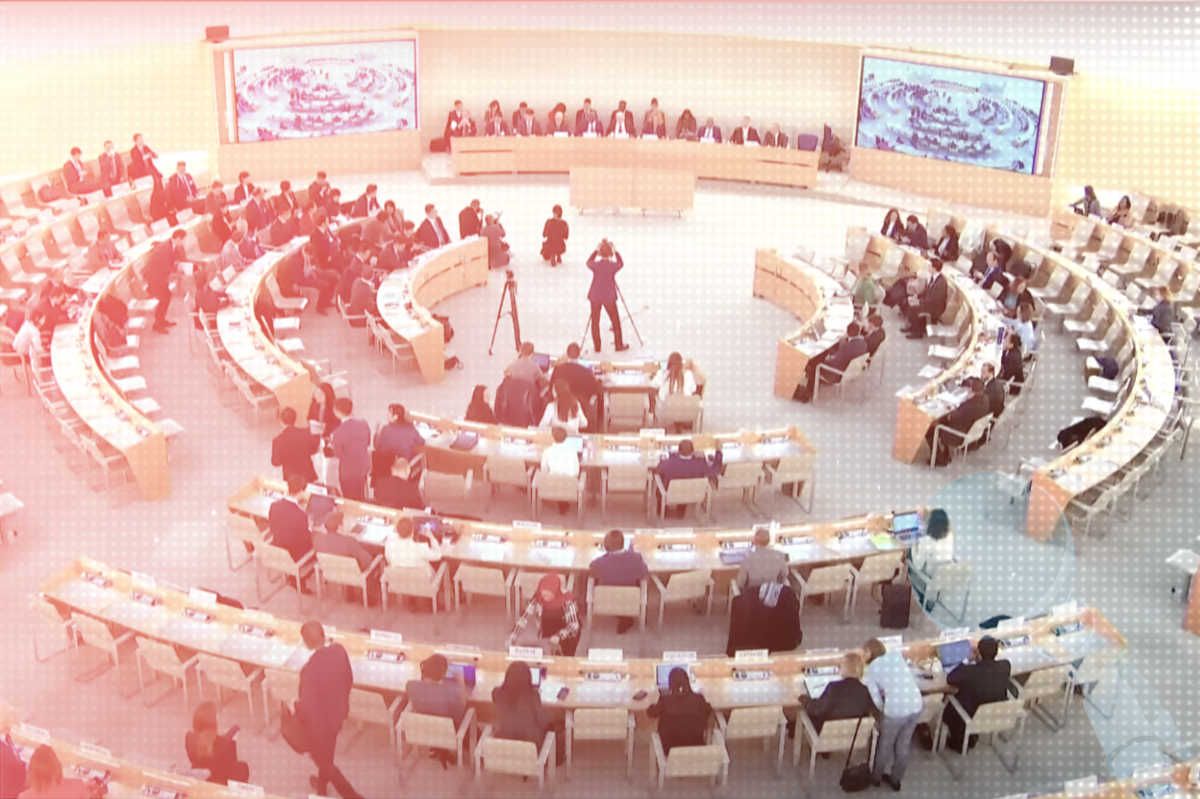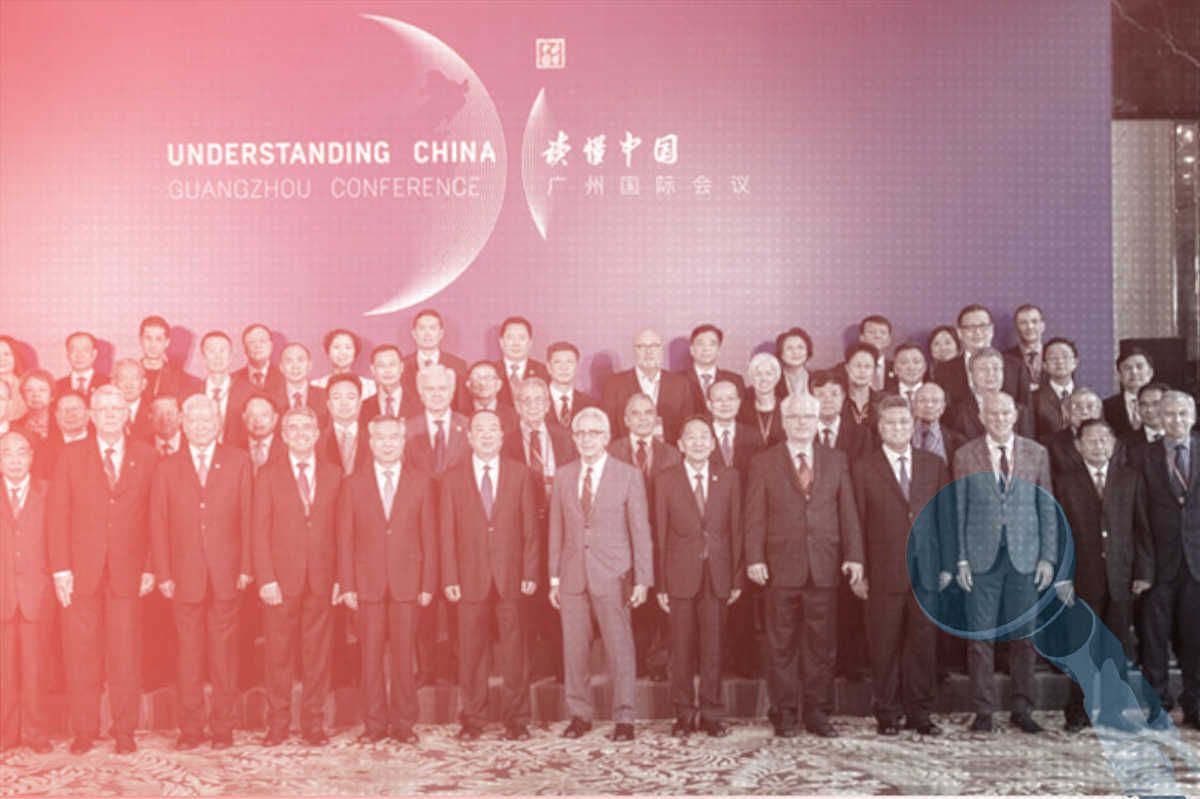In an opinion piece last week, China Daily, the official Chinese government newspaper published in English by the Information Office of the State Council, criticized the New York Times for being “highly selective” in its news coverage. The Times, said the opinion piece, “selected quotes” in order to “fan the flames of trouble.” It “opted to wear blinkers.”
For example, how dare the Times suggest that regional competitors were loathe to accept Chinese military assistance in the search for the missing Malaysia Airlines Flight 370.
Woah. Hold on. Did India not reject China’s request to search its territorial waters for the missing airliner? Reports citing concerns over the possibility of Chinese snooping came first from India’s own press, citing government officials.
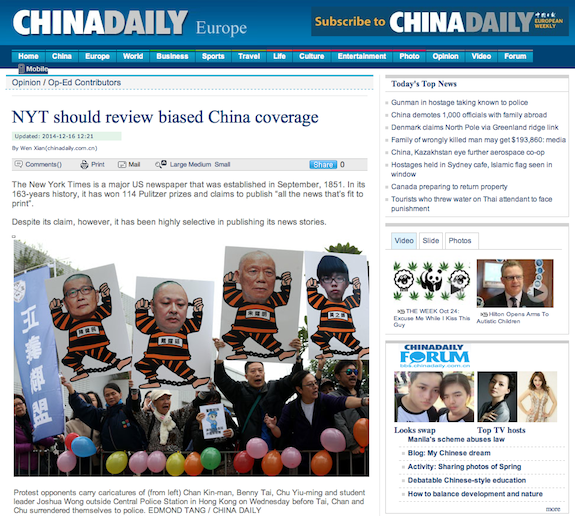
Is it reasonable — is it not preposterous? — to expect professional news reporters to suppress what for China are inconvenient aspects of complicated stories simply because China doesn’t like complication?
In its lede, the China Daily piece snidely referred to the famous Times motto, “All the News That’s Fit to Print,” suggesting the words were a ruse, that in fact the New York Times is “highly selective.”
This should be news to no one. The New York Times motto was never seriously intended as a claim to infinite all-inclusiveness.
American University professor Joseph Campbell tackled the Times motto for the BBC back in 2012, as many have before. Campbell noted that for well over a century the phrase “has been admired as a timeless statement of purpose, interpreted as a ‘war cry’ for honest journalism, and scoffed at as pretentious, overweening and impossibly vague.”
Campbell also shared the cautionary tale of US congressman Wright Patman of Texas, who in 1960 asked the Federal Trade Commission to look seriously into the matter of whether or not the New York Times motto could be construed as false or misleading advertising. The Commission poo-pooed the request: “We do not believe there are any apparent objective standards by which to measure whether ‘news’ is or is not ‘fit to print’.”
There’s no need to harp on this point, any more than there is any sense in bickering over whether Jenny’s Diner on Fifth Street really does have the “world’s best cup of coffee.”
Ultimately, questions about bias in the news are about how news is put together: within what sort of news cultures; under what time and resource constraints; under the influence of what sorts of frames or biases, conscious or unconscious.
No journalist who has ever had to grapple under deadline with fussy or vacuous editors, with limitations of time and space (How vexing that we can’t be everywhere at once!), with all the variables that come with the pursuit of professional journalism . . . No journalist would believe that out there lies some Holy Grail of absolute objectivity, a standard to which every report can be held up. Good journalists try their best under imperfect circumstances to get the story right (as vague as that sounds).
And these days, let’s not forget, foreign correspondents are under more scrutiny than ever from a slew of experts and conscientious amateurs with their own blogs, columns and social media accounts. We pick apart their stories, question their methods. We offer alternatives, or additional background.
The problem for official China, and by extension for the China Daily, is that for them the Holy Grail does exist. China’s strategic interests, refracted through the prism of its national leaders, are the gold standard for journalism.
They may whine about “biased” framing of stories in the New York Times, but the overarching official policy on information control in China (and what they hope for outside China) is “guidance of public opinion” — the dominance, in other words, of the story frames of the Chinese Communist Party.
Just a few days after the China Daily fired its shot across the bow of the New York Times, state media in China huddled together in the southern city of Zhuhai for the 16th annual China International News Forum. The topic on the agenda, the same topic that has been on the agenda since the forum began in 1999, was to “raise the level of international news reporting by Chinese media and strengthen dialogue and cooperation among news media.”

The forum was hosted by the Central Propaganda Department’s Guangming Daily and the Party leadership of the southern city of Zhuhai. Interestingly, at a time when official media are decrying the corrupting influence of money in the media, the event was sponsored by China Telecom.
The event was attended by representatives from the Central Propaganda Department, the Ministry of Foreign Affairs, the International Department of the Central Committee of the CCP, the All-China Journalist’s Association, and the Provincial Propaganda Department of Guangdong Province, as well as representatives from around 50 Central and regional media across the country.
Among the media dignitaries was Zhu Ling (朱灵), the publisher and editor-in-chief of China Daily.
The unabashed agenda of the conference, set out in the keynote by the editor-in-chief of the Guangming Daily, was to advance international news in such a way that it serves the Chinese Communist Party’s now dominant notion of the Chinese Dream, or “the great rejuvenation of the Chinese people.”
And there you have it. The Holy Grail. The ultimate story frame. The proper “objective” aspiration of all the journalists of the world where China coverage is concerned.
In its broadside on the Grey Lady, the China Daily predictably concludes by laying the story frame out in patronising, primary school fashion:
With a long history, China is the world’s largest developing country with a population of 1.3 billion. When reporting on China, reporters need to take into consideration China’s history and national conditions, which are very different from those of the West.
We could call this “guidance of public opinion.” We could call it “spreading positive energy.” But we might call it just as well: “All the News That’s Fit for China.”
. . .
An excerpt of coverage of the China International News Forum in the Global Times follows:
Guangming Daily editor-in-chief He Dongping (何东平) said in his greetings [to those gathered]: “We hold the China International News Forum today in order to make a profound study of the series of instructions by Comrade Xi Jinping on fostering great nation diplomacy with Chinese characteristics, building a new system of international relations with a core of cooperation and mutual benefit, winning support and understanding among the nations for the Chinese Dream (中国梦). [We meet in order that] our way of thinking might broaden, that our ideas are more liberated, and that the international news reports in which we take part create a more favourable public opinion environment for the achievement of the ‘two century goals’ (两个一百年) and the Chinese dream of the great rejuvenation of the Chinese people.”
Liu Jianchao (刘建超), assistant to the minister of foreign affairs, and Guo Weimin (郭卫民), head of the external news division of the Central Propaganda Department, gave an addresses about the international situation (国际形势) and the framing of international news reports (国际新闻报道导向) and other issues. At the same time, they raised expectations concerning international news reports and commentaries to come.

